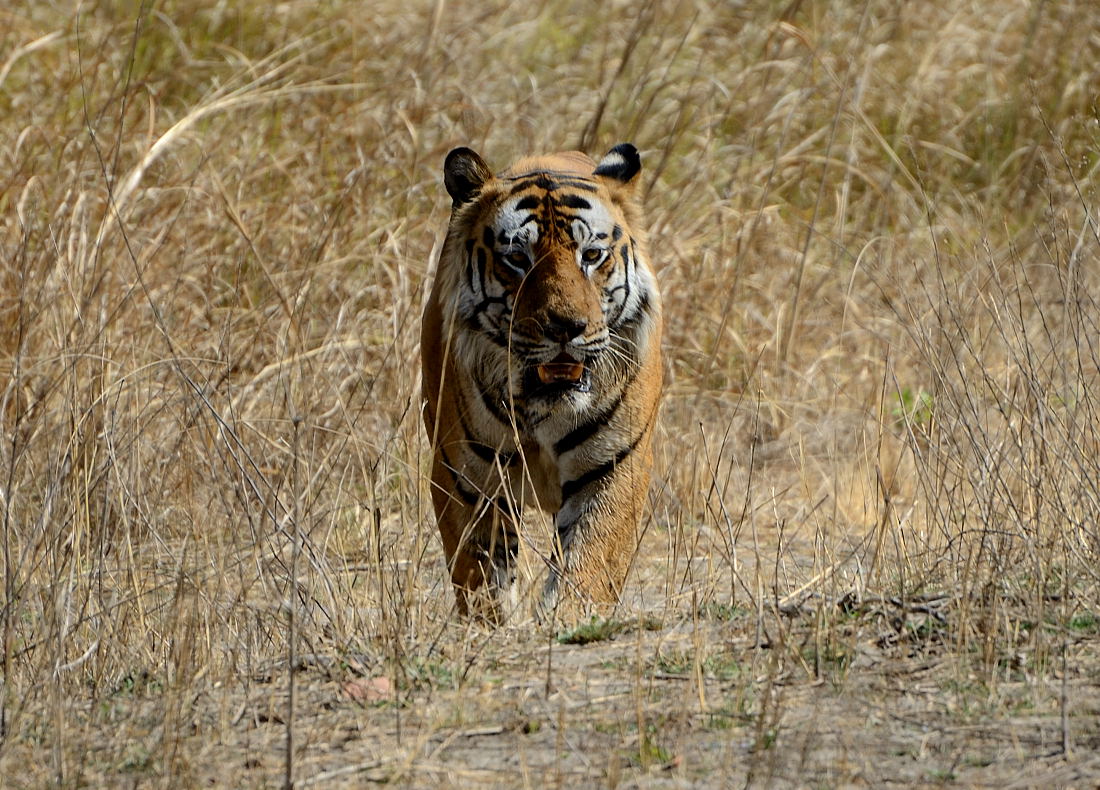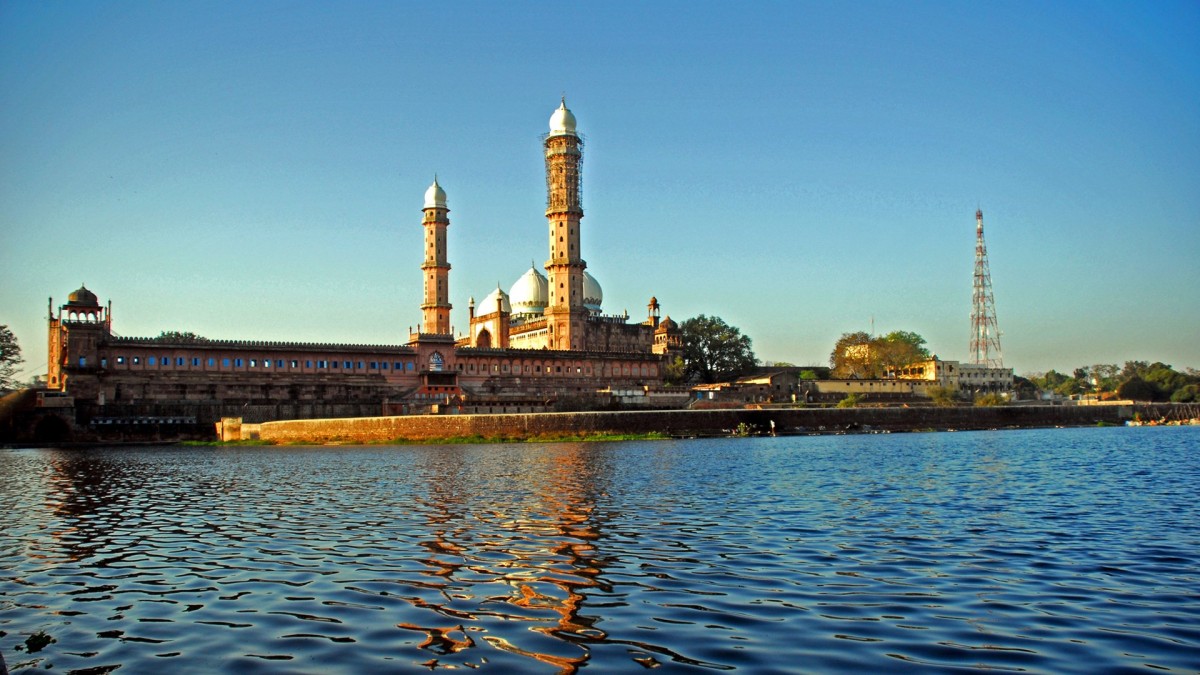
Jabalpur Tourism and Travel Guide
History of Jabalpur: The ancient city of Tripuri, the Jabalpur of today, was mentioned in the great epic Mahabharata. The original inhabitants of Jabalpur wereJabalpur the nomadic Bhil and Gond tribes. These tribal communities were not highly structured as the North Indian Rajputs, or the Western Marathas. They were groups of farming communities in the fertile Narmada basin. The naïve tribes were gradually driven to the forests by the ordered Armies of the Marathas and then the Mughals. The British decimated the might of the tribal people by passing the Forest Act, which gave them absolute control over all the forests.

The earliest known states, the State of Avanti; which controlled the territory of modern day Jabalpur and the Eastern part of Madhya Pradesh, dates back to third century BC. Avanti had regular change of guards and various dynasties; the Sungas, Guptas, Harshas ruled the state. The Kalchuri dynasty in the latter part of eighth century AD made Jabalpur as their capital. The Gonds having imbibed the art of war wrested control in the 13th Century. The Gondwana Kingdom thrived in the region till late 16th Century.
The Gonds were lovers of art and worshippers of the Janani or the mother creator. The power to procreate is truly divine and their unsullied culture recognized sex as an ultimate worship. They built the exotic temples and palaces with erotic sculptures and the exquisite fine carvings all over the Gond Kingdom. The beauty of the temples and palaces in Jabalpur is an apt statement of their craftsmanship.
The Mughal rulers expanding their rule to the South India viewed the region as the major bottleneck and attacked it time and again. The legend of Durgawati, the Gond Queen and local Joan of Arc, was born when she killed herself after been defeated by the Mughal Emperor Akbar. The rugged terrain was not the forte of Mughals and soon the specialists in guerilla warfare, Marathas gained control. The saga of change was not to stop here and the British defeated the Marathas in early 18th century.
The elusive Pindari tribes of the region, the Thugs, were notorious for their looting and treacherous killings of traders and merchants. The British were instrumental in wiping out this menace. The Collector of Jabalpur, Colonel William H Sleeman was the man behind eradicating the Thugee menace. On the way to Pench National Park, the village of JabalpurKokha, once a bastion of the Thugee cult; saw hanging and trampling by elephants of hundreds of Thugs. The city of Jabalpur was made the capital of the Sagar and Narmada territories under the British rule and developed it into a massive cantonment. Later the city had the headquarters of one of the Southern Army divisions.

The location of the city within the Indian hinterland led to the development of Jabalpur as the major supplier of arms and equipment, and establishment of the ordnance factories. The city was part and parcel of the freedom struggle with bigwigs like Mahatma Gandhi, Lokmanya Tilak and Subhash Chandra Bose holding major conferences in the city.
The city has maintained its fickle character even after independence and witnessed Hindu Muslim riots, Hindu revivalist movements and even today considered as the stronghold of the BJP and RSS, the Hindu Revivalist political parties of India.
Attractions – As Varied As It Gets
Attractions in Jabalpur literally cover everything from natural splendors to imposing monuments, from museums to historically important places. Marble Rocks in the Bhedaghat village turn out to be the biggest tourist puller along with Madan Mahal Fort. Jabalpur is a complete tourist package that mesmerizes one and all who come to this unique city.
Marble Rocks
Just 21 km west of Jabalpur, is a small village called Bhedaghat. The village is world famous for splendid Marble Rocks on the banks of Narmada River. Covered with dark volcanic seams of green and black, they tower to almost 100 ft above the soft flowing Narmada on either side. They are fabulous to look at during the daytime when sun sparkles on the pure white surfaces of these rocks. During the night as well, they give you a mesmerizing view under the moonlit skies. The Marble Rocks have been considered as one of the thousand places that you should see before you die. The best way to enjoy the sheer charm of these rocks is by taking a boat ride in Narmada.
Madan Mahal Fort
Sitting pretty on top of a rocky hill, this 900 year old fort dominates the landscape. A view of the low-lying areas from the fort is scintillating and makes it worth your visit. Madan Mahal fort does not have any fancy artwork or ornamented sculptures, but the location and the simplicity of the fort is spellbinding. The fort was built by Gond king Madan Shah in the year 1116 and since then has become a landmark for Jabalpur City.
Rani Durgavati Memorial and Museum
Rani Durgavati Memorial and Museum was built as a tribute to the legendary Queen Durgavati in the year 1964. The museum houses impressive collection of ancient sculptures, rare manuscripts. There are 10th century statues of Gods and Goddesses in the museum. There is a separate section in the museum that is completely dedicated to Mahatma Gandhi. You can see many photos and portraits related to Mahatma Gandhi.
Tilwara Ghat
The Tilwara Ghat holds a special position in Indian History and in the hearts of followers of Mahatma Gandhi. This is the place from where Mahatma Gandhi’s ashes were immersed in Narmada River. This is also the venue of the open session of the Tripuri Congress in 1939.
How to reach

By Air: Jabalpur has its own domestic airport and receives regular flights from Delhi, Bhopal and other major cities of India.
By Rail: Jabalpur railhead is situated on the main Mumbai-Howrah line and most trains on this line have a stop here. There are overnight trains running from Kolkata, Bangalore, Mumbai and Delhi.
By Road: Transport Buses from almost all cities of Madhya Pradesh frequent to Jabalpur. Some private transport operators also have their luxury and semi-luxury coaches plying in and out of the city.
















